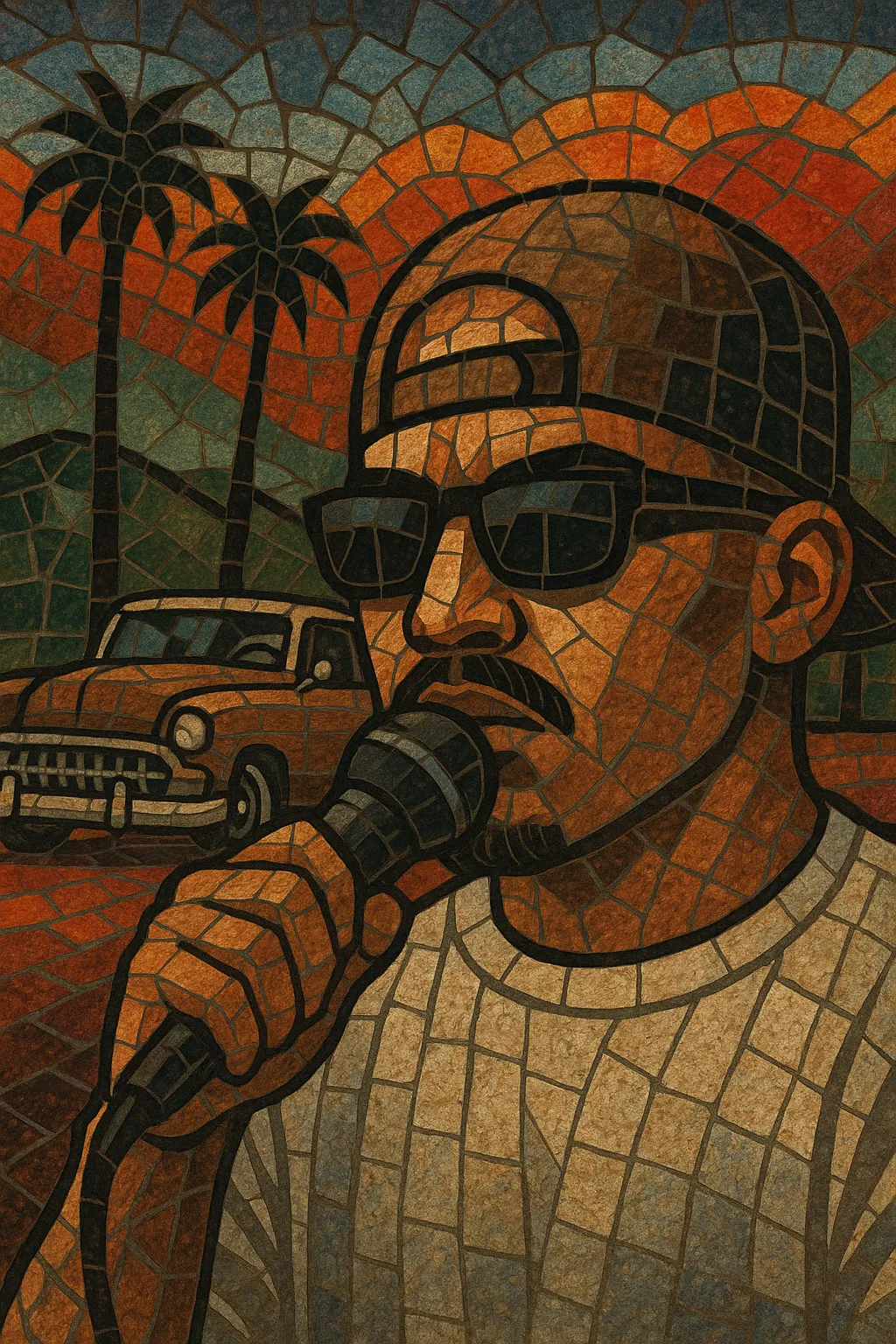
Chicano rap is a regional style of hip hop created by Mexican-American artists in the U.S. Southwest, especially Los Angeles and surrounding Southern California communities. It blends West Coast rap aesthetics with Latin musical references, bilingual (English/Spanish) lyrics, and vivid storytelling rooted in barrio life, lowrider culture, family, and identity.
Musically, Chicano rap often rides mid-tempo, G‑funk-influenced grooves, rubbery basslines, and high-pitched synth leads, while sampling or replaying classic soul, doo‑wop, and funk “oldies.” Lyrically, it commonly uses Spanglish, neighborhood shout-outs, and narratives that range from street realities to romance and cruising anthems.
Chicano rap emerged in the late 1980s as Mexican‑American artists adapted hip hop to reflect Chicano identity and Southwest street culture. Early figures like Mellow Man Ace (“Mentirosa,” 1989) and Kid Frost helped establish bilingual flows and Latin-inflected production, bringing barrio stories into the wider hip hop conversation.
Kid Frost’s “La Raza” (1990) became a landmark, pairing West Coast boom-bap with Mexican motifs and Spanglish hooks. A Lighter Shade of Brown and Delinquent Habits broadened the sound—mixing G‑funk swing, horns, and old-school samples—while Brownside (signed to Eazy‑E’s Ruthless Records) reflected harder street narratives aligned with gangsta rap. During this decade, Chicano rap crystallized visually and culturally around lowrider aesthetics, neighborhood pride, and community-driven storytelling.
Artists such as Lil Rob, Mr. Capone‑E, Conejo, Mr. Criminal, and South Park Mexican (SPM) carried the style into the 2000s. Production leaned heavily on G‑funk textures (talkbox hooks, glossy synth leads, deep bass) and “oldies” nostalgia, while independent labels, mixtapes, and early internet platforms helped the music circulate beyond regional scenes to the broader U.S. and Latin America.
Streaming further globalized Chicano rap, enabling both classic and new acts to reach larger audiences. While the core sound remains tied to West Coast grooves and lowrider culture, younger artists frequently incorporate trap drums, modern melodic hooks, and cross-border collaborations. The genre’s bilingual approach and visual language have influenced newer Latin urban styles and helped normalize Spanish/Spanglish rap in mainstream contexts.
Chicano rap provided an enduring platform for Mexican‑American perspectives within hip hop, preserving local stories, slang, and aesthetics. Its emphasis on identity, pride, and community remains central to its legacy, even as production trends evolve.
Aim for mid-tempo grooves in the 85–100 BPM range. Use a laid‑back West Coast swing with crisp snares, claps, and syncopated hi‑hats. Sidechain or subtly duck bass to keep the groove bouncing without overpowering vocals.
Feature G‑funk elements: sine/saw-style high-pitched lead synths, warm analog pads, and round, rubbery basslines. Incorporate talkbox or vocoder hooks where appropriate. Layer Latin percussion (congas, timbales, güiro, shakers) to add cultural flavor, and sample or replay classic soul, doo-wop, and funk “oldies” for choruses and bridges.
Keep harmony straightforward—minor keys are common, with simple I–IV–V or ii–V movement. Melodic hooks can quote or evoke 1960s–70s soul lines. Occasional horn riffs or guitar licks inspired by Mexican and Chicano rock traditions can reinforce the identity.
Adopt a relaxed but confident delivery. Use internal rhymes and end-rhyme couplets with clear enunciation. Hooks often lean melodic; consider female or group vocals for a classic “oldies” feel. Code-switch naturally between English and Spanish to reflect everyday speech.
Write narratives about barrio life, lowrider cruising, family, romance, resilience, and community pride. Balance harder street stories with reflective or nostalgic cuts. Include neighborhood shout-outs, cultural references, and local slang; authenticity is crucial.
Structure commonly follows intro–verse–hook–verse–hook–bridge–hook. Leave space in the mix for storytelling—avoid over-cluttering mids. Use vinyl crackle, tape saturation, and subtle chorus/ensemble effects to evoke warm, nostalgic textures.

